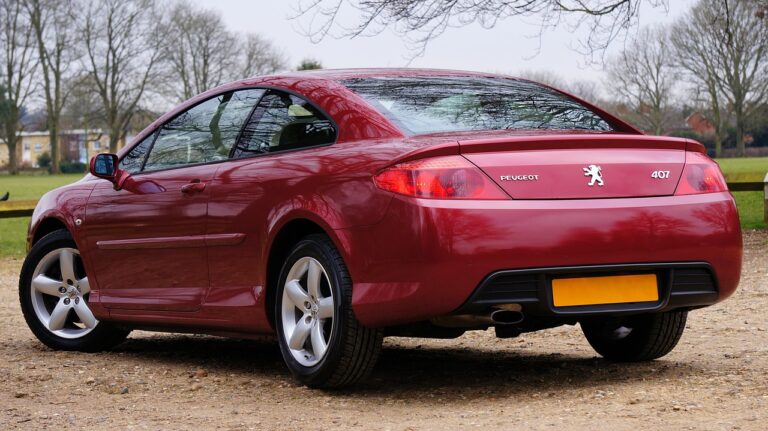The Impact of Electric Vehicles on Car Insurance Premiums
Electric vehicles (EVs) have been gaining popularity in recent years due to their environmental benefits and advancements in technology. However, when it comes to insuring an electric vehicle, there are several factors that can influence the cost of car insurance premiums. One key factor is the high cost of repairing or replacing components in EVs compared to traditional gasoline-powered vehicles. The specialized technology and materials used in EVs can lead to increased repair costs, which insurance companies take into consideration when determining premiums.
Another factor that can impact insurance premiums for electric vehicles is their relative scarcity in comparison to conventional cars. Since EVs make up a smaller portion of the overall vehicle market, insurance companies may view them as a higher risk due to limited availability of parts and repair shops. This can result in higher premiums to offset the potential higher costs associated with repairing or replacing components in electric vehicles. Additionally, the higher upfront cost of purchasing an electric vehicle can also play a role in determining insurance premiums, as insurance companies may factor in the overall value of the vehicle when setting rates.
The role of advanced safety features in reducing insurance costs
Advanced safety features in vehicles have revolutionized the insurance industry, offering a means to reduce insurance costs for car owners. These features, ranging from lane departure warnings to automatic emergency braking systems, have been proven to enhance overall driver safety and decrease the likelihood of accidents on the road. As a result, insurance companies view vehicles equipped with advanced safety technologies as lower risks, leading to potential reductions in insurance premiums for policyholders.
Furthermore, the adoption of advanced safety features not only benefits drivers from a safety standpoint but also financially. Cars equipped with these technologies are seen as less likely to be involved in accidents or sustain significant damages, providing insurance companies with a sense of security when issuing policies to these vehicle owners. This decreased risk profile associated with advanced safety features can result in cost savings for consumers in the form of lower insurance premiums, making the investment in such technologies a wise choice for both safety and financial reasons.
Do advanced safety features really help reduce insurance costs for electric vehicles?
Yes, advanced safety features such as automatic emergency braking, lane departure warning, and adaptive cruise control can help reduce insurance costs for electric vehicles by reducing the likelihood of accidents and damage.
What are some of the factors that influence car insurance premiums for electric vehicles?
Factors that influence car insurance premiums for electric vehicles include the cost of the vehicle, the driver’s age and driving record, the location where the vehicle is primarily driven, and the presence of advanced safety features.
Are there specific advanced safety features that insurance companies look for when determining premiums?
Yes, insurance companies often look for features such as automatic emergency braking, lane-keeping assist, adaptive cruise control, and blind-spot monitoring when determining premiums for electric vehicles.
How can I find out if my electric vehicle’s advanced safety features are eligible for insurance discounts?
You can contact your insurance provider and inquire about which specific advanced safety features are eligible for discounts on your electric vehicle insurance premiums.
Are there any other ways to lower insurance costs for electric vehicles besides having advanced safety features?
In addition to having advanced safety features, you can also lower insurance costs for electric vehicles by maintaining a clean driving record, bundling multiple insurance policies, and completing a defensive driving course.





